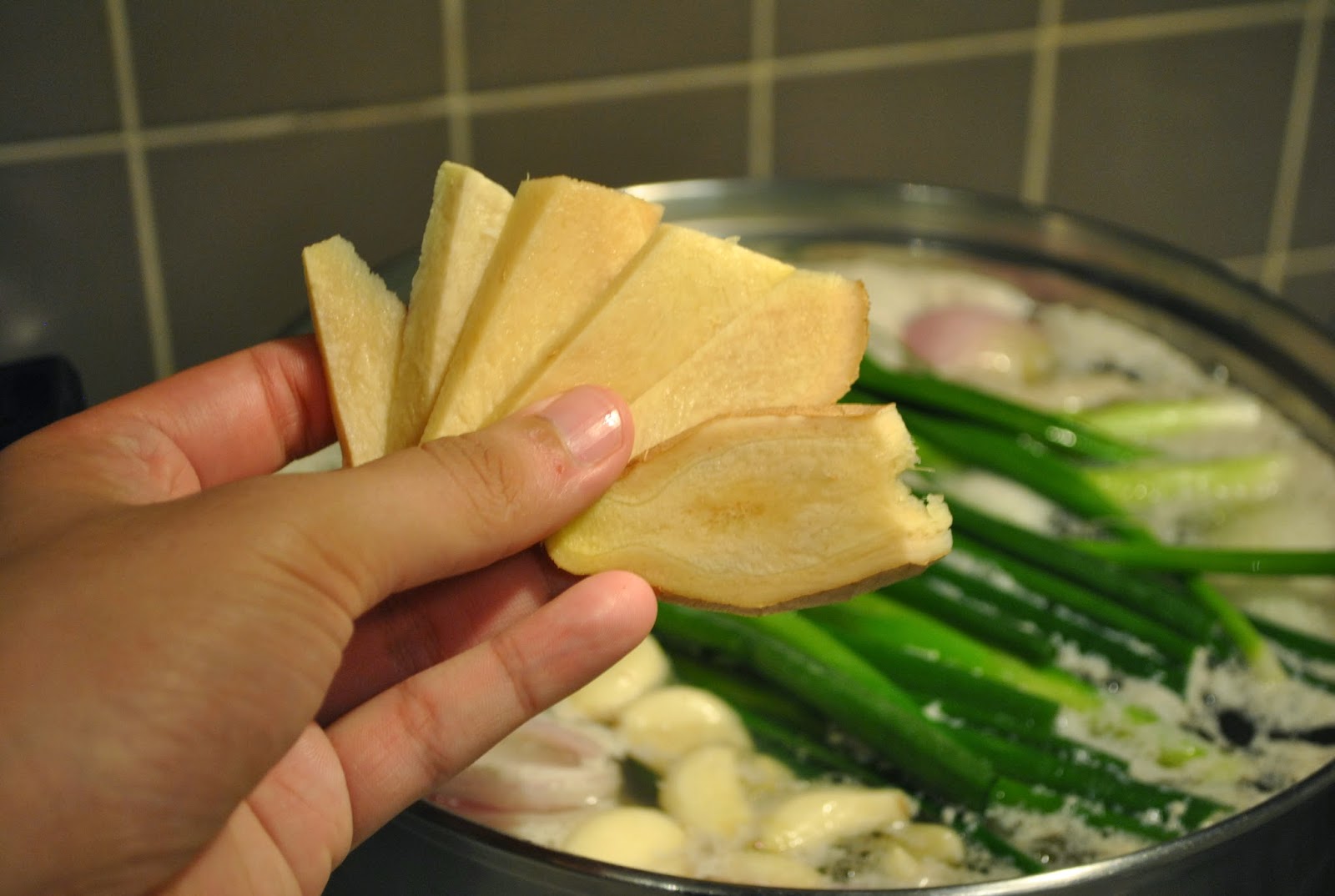Hello all!
As promised, we're trying to get into the habit of posting on a regular basis so here is the second post of the night.
Just to shake things up a bit, I thought I'd share with you all my experiences gained from trail and error in the kitchen. If it's one thing I love more than eating, it's feeding people with the food I make. Nothing makes me happier than when someone says my food is delicious (must be an inherited trait, my dad is the exact same)
So one fine evening with nothing better to do, I decided I would try to make ramen. I knew this was long process and I had prepared adequately for the road ahead. Rather than make Tonkotsu though, I decided to make Torigara. My primary reasoning behind this decision was that I personally believed that Miso ramen (my absolute favorite ramen) is better suited to chicken stock because pork stock tends to overpower the already heavy dish (also, you just can't get pork leg bones at 8PM)
I went out and bought a whole chicken, some spring onions, one brown onion, a carrot, garlic, ginger, white peppercorns, pork rashers (for the Chashu) and a lot of soy sauce. Oh and eggs, so many eggs.
The chicken was dissected quite roughly and put into the stock pot. After covering the chicken with water, I brought that to a steady boil before I added the other ingredients. And here is where I made my first mistake: stock takes times and dedication. If you're not willing to put in the work, don't try to make stock. My mistake was that I would leave everything in the pot and that would be fine. What I didn't do was par-boil the chicken and clean it out. This simple step will result in a cleaner stock.
So back to the stock, I steadily added all the ingredients and boiled it over a controlled flame pretty much until I needed to go to sleep.
While that was boiling away, I mixed equal parts soy sauce, cooking sake and mirin to make the ajitsuke tamago. To make these eggs, simply put the eggs in cold water and bring the water to a boil. After the water boils, time the eggs for 4 minutes and then bathe in cold water. Peel the eggs and submerge in the marinade (which I heated in the microwave prior and chilled) preferably overnight. Even without ramen, these eggs are delectable with some rice and bonito flakes.
So back to the stock, being exhausted from watching over the stock, I poured it all into my sous-vide machine and let the slow cooker function take care of the rest.
The next morning I woke up to continue the preparation.
But first, I decided to make myself some breakfast. That's when I came up with the idea of making a Longanisa McMuffin. Longanisa is this sweet and spicy filipino sausage that you can find in most filipino stores. All I did was take the meat out of the casing, form it into a puck, fry it off in a frying pan with an egg on the side and whack it on a buttered and toasted english muffin. This was probably my proudest moment of the two days I spent cooking.
The stock had been stewing overnight and had since become rather flavorsome. When it came time to server the Mrs some delicious ramen, I realised I made my second mistake - I needed to source some legitimate noodles. Ramen noodles are NOT egg based noodles. Instead, their yellow hue comes from the fact that they are made with alkaline water. This means that not any yellow looking Japanese noodle would do. A mistake I realised later on in serving the ramen.

My third mistake was that I got tired and made a half-arsed effort with the Chashu and didn't braise it for long enough. If you're going to spend the time making ramen, put in some TLC and braise the pork properly. The pork should fall apart at the touch but instead mine was tough from not spending enough time in the cooking process. Pro-tip: put the pork INTO the stock and cooking it along with the stock. Once it's cooking to your desired texture, take it out and dip it into the marinade overnight. That way the chashu gets it's signature soft-pillowy bite and still gets the flavour treatment it needs.


My Final mistake was with the Tare. Ramen has multiple components: the stock, the noodles and the tare which is the sauce base differentiating each flavor (shoyu, miso, shio etc.). Whatever you do, do NOT make the shoyu tare the night before. Refrigerated tare will turn sour. Instead, keep the braising liquid or marinading liquid which you marinaded the chashu in. When it comes time to serve your Shoyu ramen, reduce the liquid until it becomes a thick, umami-packed sauce that you can thin out with the stock.
Overall, the Mrs was impressed with all the effort put in (she was being really nice) but word of advice: do not attempt to make ramen unless you have the balls to follow through until the end. Attention to detail is everything.


































No comments:
Post a Comment